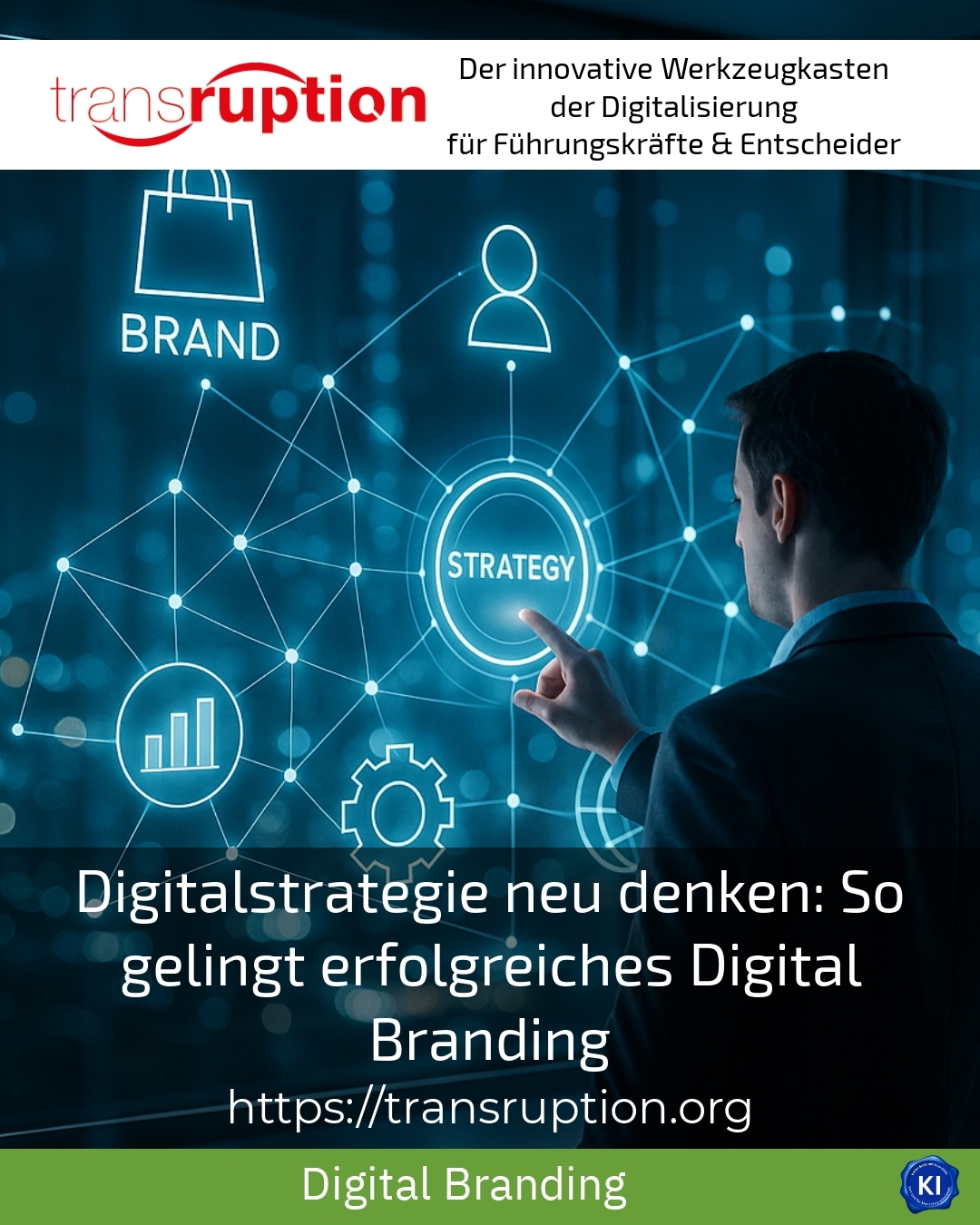Rethinking dialogue marketing: the path to success through conversational marketing
The concept of dialogue marketing is at an exciting turning point today. Targeted conversations between companies and customers are taking centre stage. Clients are increasingly reporting that traditional advertising methods are often no longer sufficient to create sustainable customer loyalty. Incorporating conversational marketing elements opens up new opportunities to enter into dialogue with target groups at eye level and effectively support these processes.
What makes dialogue marketing special in today's world?
Dialogue marketing is more than just an advertising measure. It means designing communication in a targeted manner so that customers feel noticed and actually addressed. Dialogue comes into play on several levels. Companies receive important impulses from the direct exchange, can better understand needs and offer customised solutions. This active partner role in the communication process strengthens customer loyalty in the long term and minimises wastage.
In the digital age, dialogue marketing can be strengthened by online media in particular. The combination of traditional methods such as telemarketing and postal mailings with digital channels and, above all, conversational marketing offers a wide range of opportunities:
For example, chatbots, personalised email campaigns or interactive social media tools can be used to respond to questions and concerns in real time. Customers experience the dialogue as flexible, transparent and direct, which often leads to a significantly higher response rate.
Conversational marketing as the key to a targeted customer approach
The use of the dialogue marketing keyphrase becomes even more relevant when combined with conversational marketing. This method aims to get in touch with potential customers via personalised conversations in real time. This allows the customer to be advised and supported directly. The conversation thus becomes interactive instead of one-sided, which often leads to a genuine basis of trust.
An example from the industry shows that companies not only answer simple questions on their website with chatbots, but also respond to individual product needs. This results in personalised recommendations, which are reflected in a higher completion rate.
BEST PRACTICE at company XYZ (name changed due to NDA contract) Conversational marketing was used specifically to guide potential customers through an intelligent chatbot. The integration made it possible to make personalised product suggestions in real time and at the same time respond directly to objections. This led to a significant increase in the conversion rate, even with a manageable budget, as wastage was effectively avoided.
The role of data analysis in modern dialogue marketing
Another strength of today's dialogue marketing lies in the comprehensive use of data. Without in-depth analysis, communication often remains too vague. Companies can use digital tools to observe customer behaviour and incorporate feedback from the dialogue directly into new campaigns. This data basis supports the planning of customised approaches and increases the sustainability of the measures.
However, many report that implementation appears complex and that data must be handled sensitively so as not to jeopardise trust. It is therefore advisable to seek coaching or support in the design of corresponding projects in order to ensure target-orientated results.
BEST PRACTICE at ABC (name changed due to NDA contract) The preferred communication channel for each customer group was determined through targeted data analysis. As a result, mailings, telephone campaigns and digital campaigns were distributed in a customised manner. The result was more efficient budget utilisation and a noticeable increase in customer satisfaction.
How can companies implement dialogue marketing in a targeted manner?
Experience shows that dialogue marketing is particularly effective when it is clearly strategically planned and understood independently of short-term success. A structured process for the introduction and support includes:
Firstly, a precise target group analysis should be carried out in order to improve the personalised approach. The integration of interactive elements such as chatbots, surveys or personalised newsletters is then recommended. The focus on continuous optimisation is important here, as customer feedback provides directly actionable tips.
It is also crucial that companies focus on empathetic and transparent communication from the outset. People who use dialogue marketing often report that trust and openness are key to sustainable success.
BEST PRACTICE at DEF (name changed due to NDA contract) A project team was set up there that focused on dialogue with customers. With the help of systematic feedback management and accompanying coaching support, the insights gained were channelled directly into product development, enabling improved customer orientation.
My analysis
Today, dialogue marketing in combination with conversational marketing is a valuable way of intensifying customer contact. Conversations become more personalised, the approach more targeted and the feedback more immediate. Sustainable project support is essential in order to survive in the complex environment between technology, data protection and customer requirements. Those who rise to this challenge often experience closer customer loyalty and more effective marketing measures.
Further links from the text above:
[1] Dialogue marketing - implementation, goals, advantages & disadvantages | GeVestor
[2] Website optimisation for better ranking and usability
[4] What is dialogue marketing? Definition, advantages and application
[7] What is dialogue marketing? Definition and function - ActiveCampaign
For more information and if you have any questions, please contact Contact us or read more blog posts on the topic TRANSRUPTION here.
















